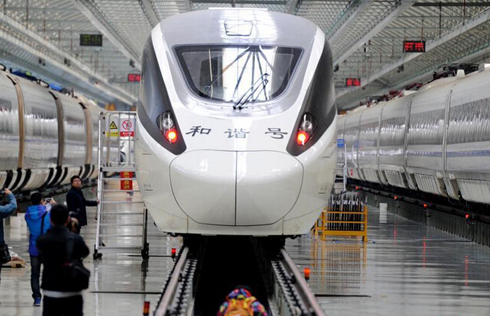Orbital debris poses problems for future flights
The boom in affordable commercial microsatellites has stirred concerns about the amount of debris left floating in space.
According to data released by the US Space Surveillance Network, there are about 23,000 piece of debris with a diameter of more than 10 cm, while there are about 500,000 smaller objects, and the number is rising rapidly.
Only 5 percent of all the man-made objects in orbit are still functioning, which means that 95 percent is space debris.
Large or small, debris moving at high speed can fatally damage spacecraft, which poses serious challenges for the space industry.
In response, NASA began to lead the development of debris-mitigation measures in the 1990s. In 2001, the US government adopted a new orbital debris-mitigation standard for NASA missions, and the US endorsed the UN's Orbital Debris Mitigation Guidelines.
The rapid development of microsatellites has prompted concerns about the management of space debris.
"Microsatellite management has some unique features because of the satellites' characteristics," Liu Jing, deputy director of the space debris surveillance center at the China National Space Administration, told a forum in August.
In 2014, the number of microsatellites launched by China exceeded traditional satellites for the first time, and has increased explosively since then.
"If we do not take tough action, orbits will soon be occupied by microsatellites, which could cause severe damage to any objects we send up in the future," Liu said.


















